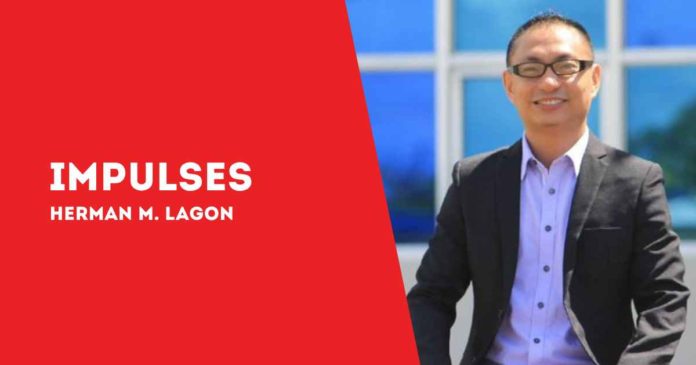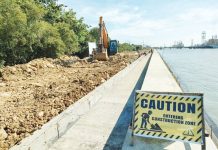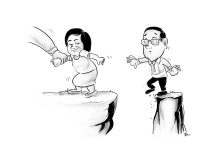
YOU KNOW something is working when the people who quietly fix things every day are the ones speaking up to keep it alive.
In the case of the K to 12 reform, it is not only education experts but business leaders, school administrators, religious groups, and community workers who are calling on the government to rethink its impulse to revert to the old 10-year basic education system.
Having spent years inside classrooms, behind school desks, and across parent-teacher meetings, I have come to understand that the real problem has never been the additional two years. The problem has always been execution.
We often blame the framework for failures caused by underfunded implementation. Republic Act 10533, the K to 12 Law, was born out of a national desire to give learners a better shot at employment, entrepreneurship, or higher education, locally and globally. Critics say it has not delivered.
But let us be clear: What has been poorly delivered is not the vision but the logistics. The COVID-19 pandemic derailed the program’s trajectory, and even before that, teacher retraining, equipment, and immersion partnerships were uneven across regions. According to EDCOM II, 62% of public high school teachers were handling subjects they did not major in. That is not a curriculum problem. That is a leadership and capacity-building issue.
The goal of SHS was never to duplicate — it was to prepare. Two years of formation designed to meet life where it actually happens. When implemented right, it works. I remember a student who finished Grade 12 with a TESDA welding certification. He now earns daily wages that feed his siblings, works part-time, and saves for an engineering course. Tell him SHS failed, and he will show you the roof and pipeline he fixed with his own hands.
While the loud debates go on, quiet progress gets overlooked. I have seen SHS students lead projects, design real solutions, and help solve everyday problems in their communities. In the school I once led, we tied lessons to real problems—and it showed. They might not be in labor reports, but they are living proof that deep, authentic learning is already happening.
The argument that K to 12 has not increased employability misses the bigger picture. According to the Philippine Institute for Development Studies, while only 20% of SHS graduates go directly to work, this is not a policy failure but a cultural and economic reality.
Employers still prioritize college degrees, and most students still want to pursue higher education. Reverting to K-10 will not fix that. What will help is retooling SHS to focus on depth over breadth, substance over form.
The 2025 revised curriculum, reducing core subjects from 15 to 5, is a move in the right direction if operationalized well. What matters more is that the remaining subjects speak to the learner’s needs and society’s demands.
Support for this approach is not limited to academics. The Catholic Bishops’ Conference of the Philippines (CBCP) and business groups like the Makati Business Club, PCCI, ECOP, MAP, and PBEd back the current K to 12 policy—not because it is flawless, but because it is the most workable foundation we have for the long haul. These are not abstract endorsements. They come from employers who hire, teachers who mentor, and principals who problem-solve.
The same call for reform, not backtrack, comes from the country’s major education networks: COCOPEA, CEAP, PAASCU, PAPSCU, and PACU, among others. Strings of schools—like those under Phinma, Assumption, La Salle, and Ateneo—have seen up close what’s working and what still needs fixing. They are not defending bureaucracy—they are standing by students. They believe that while K to 12 has growing pains, it also has growing power—if we choose to nurture it right. (To be continued)/PN



![FLOOD CONTROL SCANDAL: Ombudsman cases filed vs DPWH staff, contractors “This [flood control scheme] is a corruption on a scale that we have not seen in the past,” says Public Works Secretary Vince Dizon. “The Napoles scandal is like petty change compared to this.”](https://www.panaynews.net/wp-content/uploads/2025/09/Ombudsman_copy_resized-218x150.jpg)



